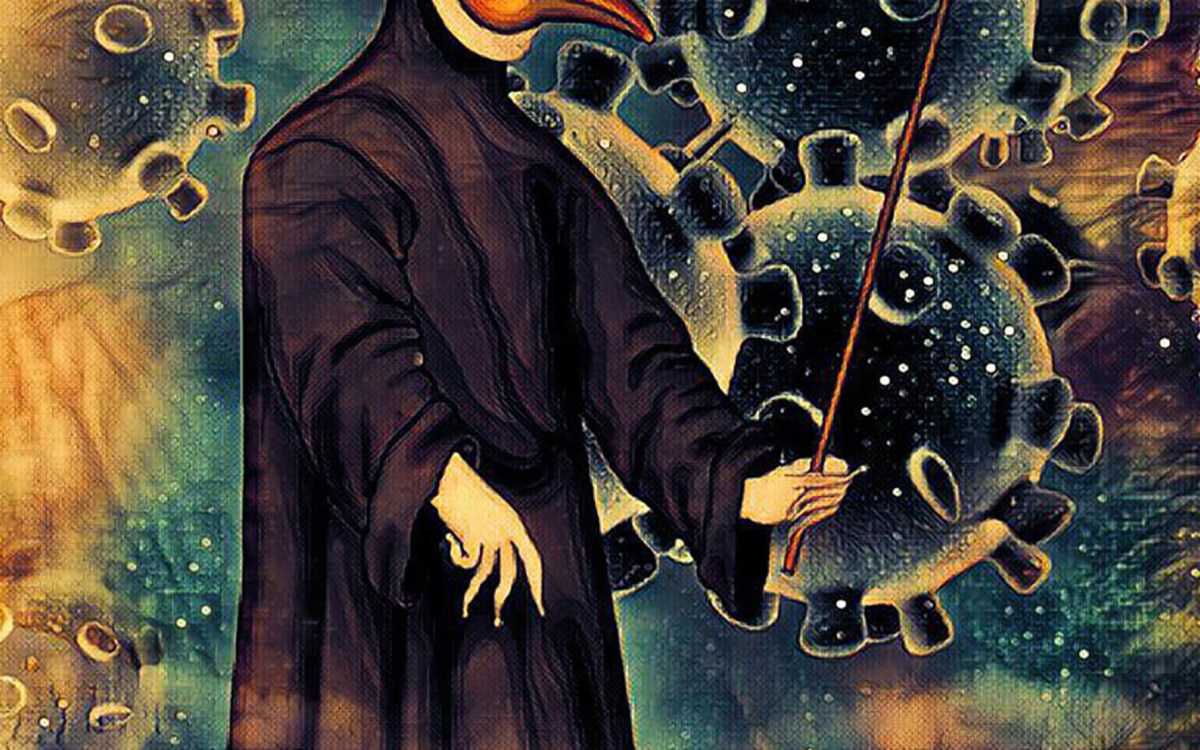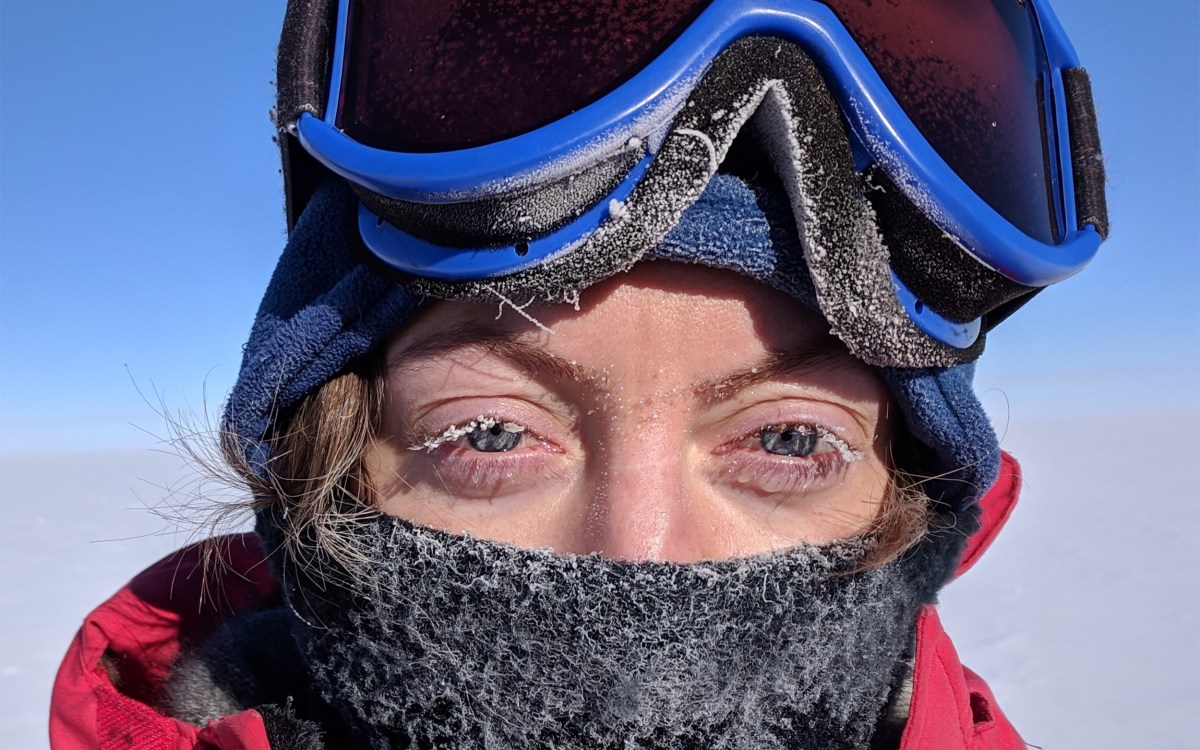Leaving a mark on campus
Project displays work of 72 Harvard students, staff, faculty, and friends in windows of campus buildings
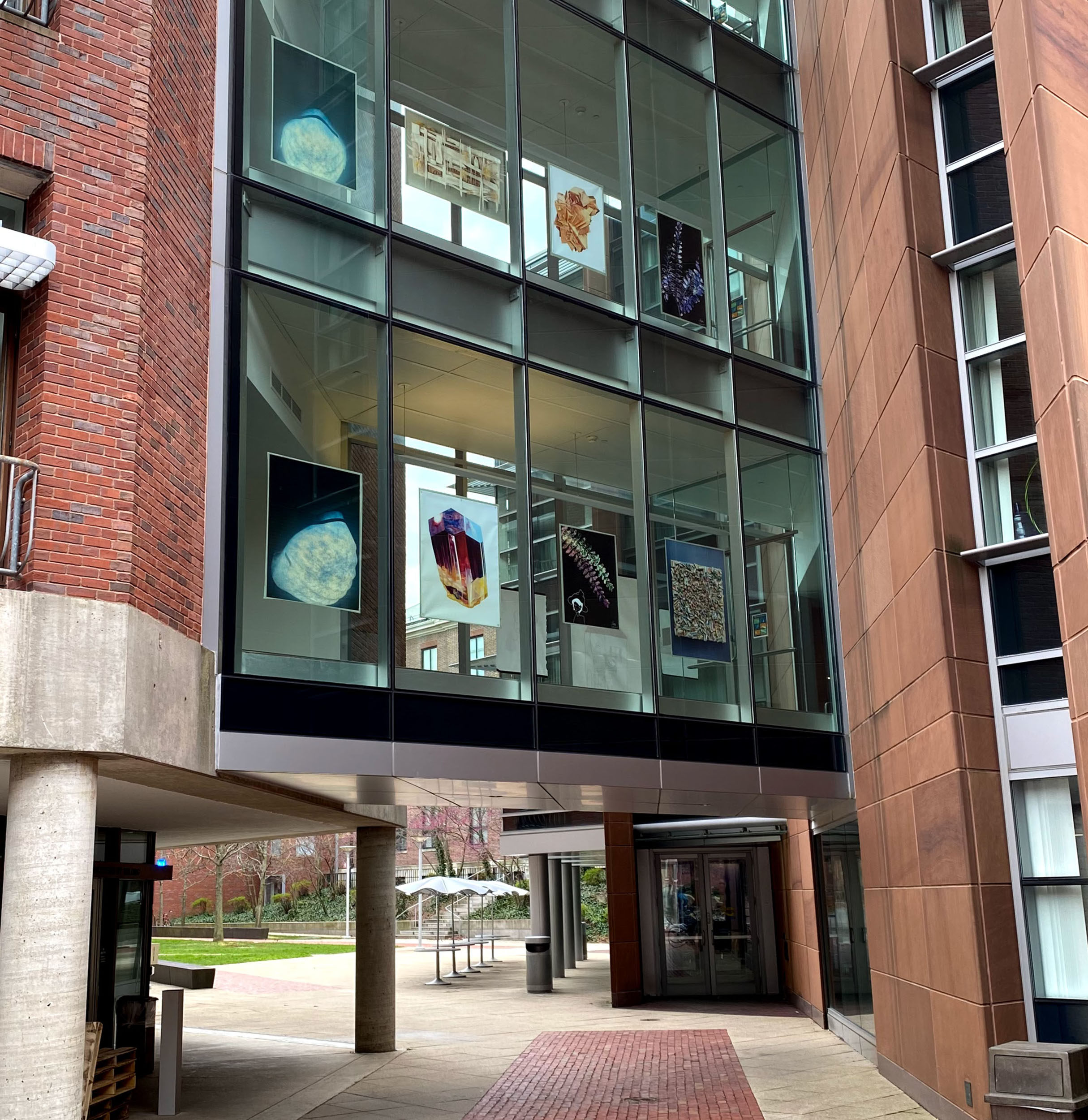
Photo courtesy of Brianne Sullivan
Vincent Liu only started working at Harvard a few months ago, but he’s already made a mark on campus.
Liu started as a part-time member of the Securitas security team in March, stationed at the Smith Campus Center, and is one of 72 Harvard-affiliated artists whose work is displayed in the windows of campus buildings as part of the “Windows of Harvard” art installation that launched this week.
The idea is simple, said organizers Brianne Sullivan and Marin Orlosky Randow. The installation serves as a kind of reminder that though the vast majority of people are no longer present right now, the community remains.


“Untitled Self Portrait,” De Nichols; “Angels,” Vincent Liu.
“I thought it was a really wonderful idea, and I know that many students feel strongly about the physical campus of Harvard as a place that is part of their community,” said Orlosky Randow ’07-’08. “Giving people the opportunity to leave their mark on those spaces and have their artistic voices be in residence there while they can’t physically be there was deeply meaningful.”
“Windows of Harvard” is a physical and virtual gallery of photography, paintings, drawings, digital art, and collages from Harvard students, staff, faculty, and friends, that kicked off with a Zoom launch party. The physical display will run until June 30.

The project was the brainchild of Sullivan, an administrative assistant at Harvard Common Spaces. “One of the first days that we got the stay-at-home order [in March], I was sitting at home thinking, ‘What can people do to support each other right now?’” said Sullivan. “I thought, ‘The buildings [on campus] aren’t being used, but people are out walking, and we can put things in the windows.’”
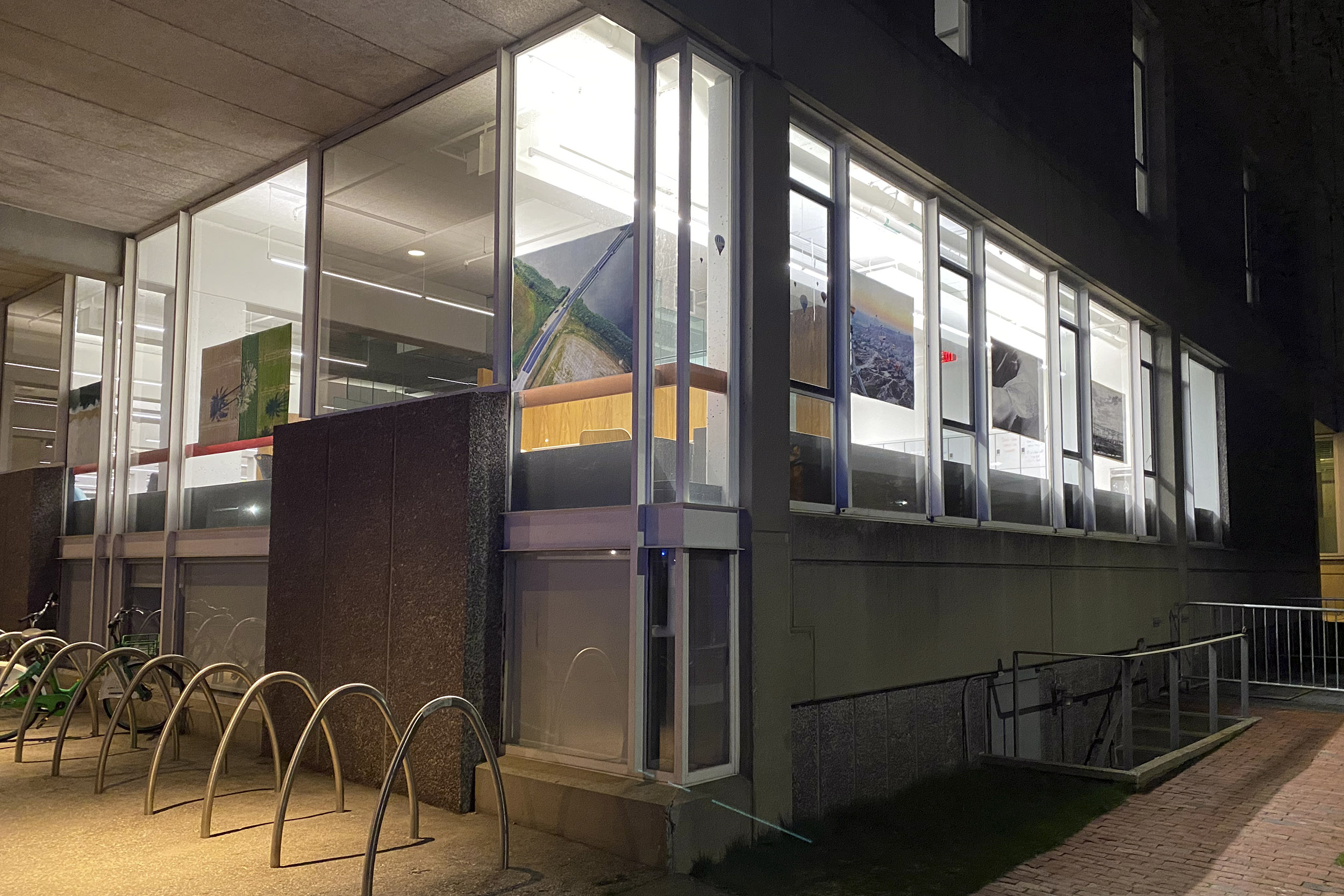
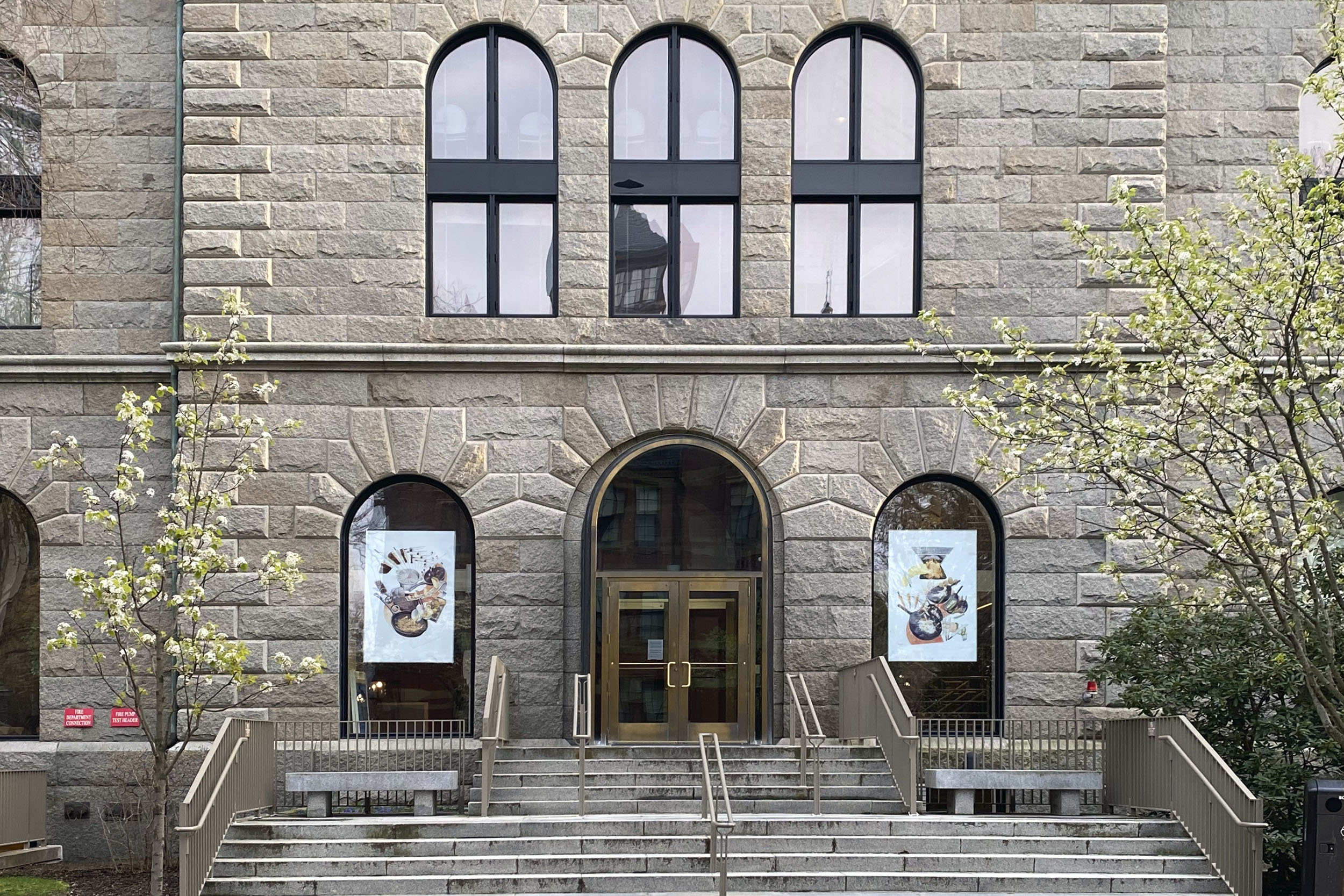
The windows of Cabot Library and Boylston Hall form different kinds of frames for artwork.
“The buildings are closed, but the community is still here and active. I feel like this is only the beginning of how we’re going to keep engaging and celebrating Harvard’s art communities.”
Marin Orlosky Randow, exhibition organizer
“Painting 1, 4/4/2020,” Mark Feeney.

It was on one of those walks that Sullivan ran into Orlosky Randow, coordinator of the Arts First festival at the Office for the Arts, outside the Graduate School of Design. She pitched the idea for a campus-wide window display. Orlosky Randow loved the idea and proposed a complementary virtual gallery.
That way, “Everyone in the Harvard community, no matter whether they are on campus, or at home, or if they live in the area, or if you live in another country, you can still participate and tour the gallery,” said Sullivan.
With support from their colleagues and supervisors at OFA and HCS, Sullivan and Orlosky Randow solicited submissions, printed large-scale images of selected works, and secured the 17 locations for the displays, including the Science Center, the Smith Campus Center, and the Ed Portal in Allston.
Liu submitted five pieces for consideration, all of which are included in the digital gallery. Two of his brush paintings, “Angels” and “Free,” and a drawing portrait of Sharbat Gula from the iconic 1985 National Geographic cover photograph are part of the physical display. Liu began his career as a street artist in Italy and made many of his works while experiencing homelessness in that country.
Other featured work includes “Snack,” a fantasy illustration by Isabel Gibney ’20 at the Northwest Labs Kids Corner; “Untitled 3,” a nature photograph by Harvard Art Museums security staff William Kipp at the Ceramics Program building in Allston; and “Framed,” a digital piece by GSD student Xiaoji Zhou, who created the work while in home quarantine in Wuhan, China, earlier this spring, on display at the Smith Campus Center.
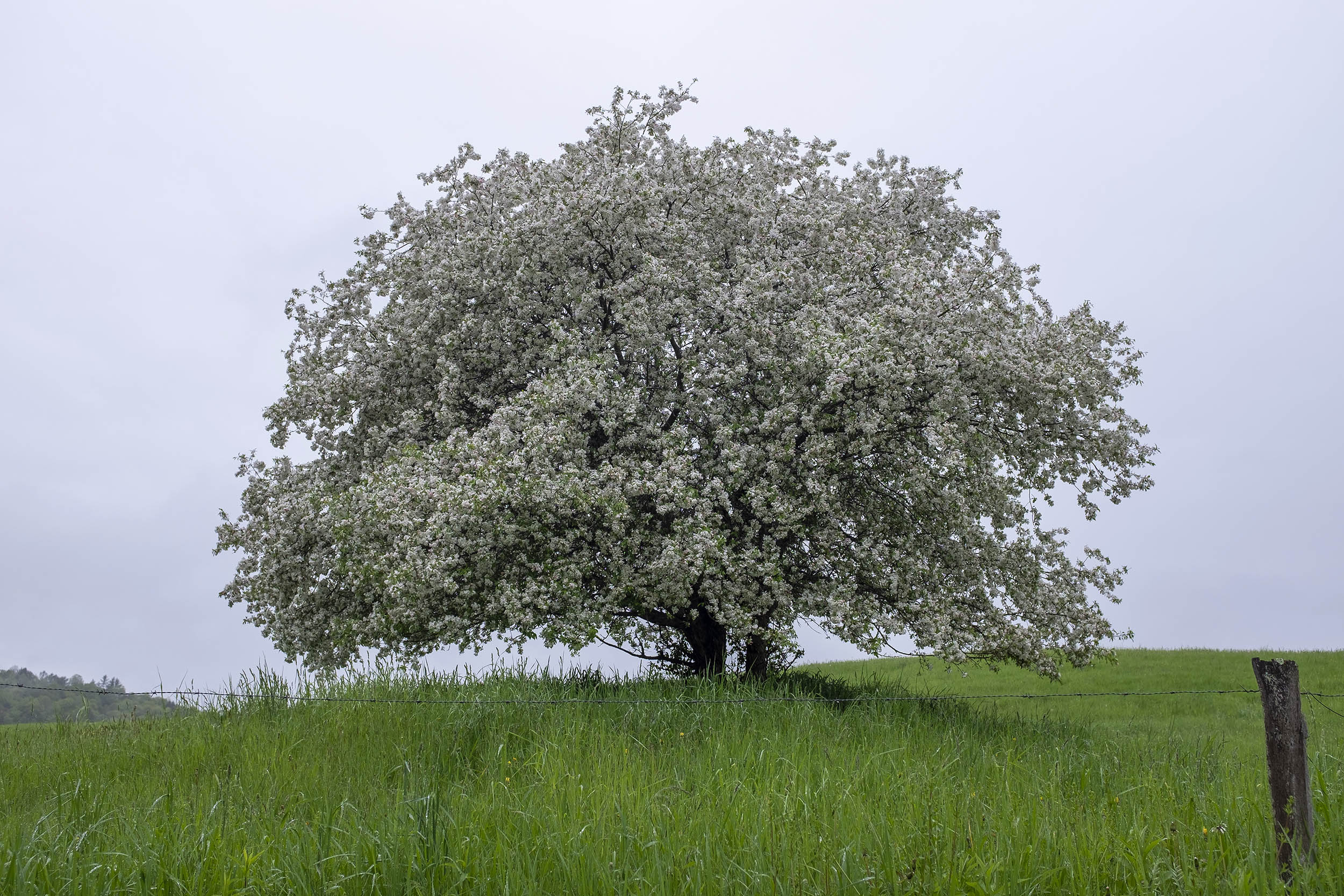
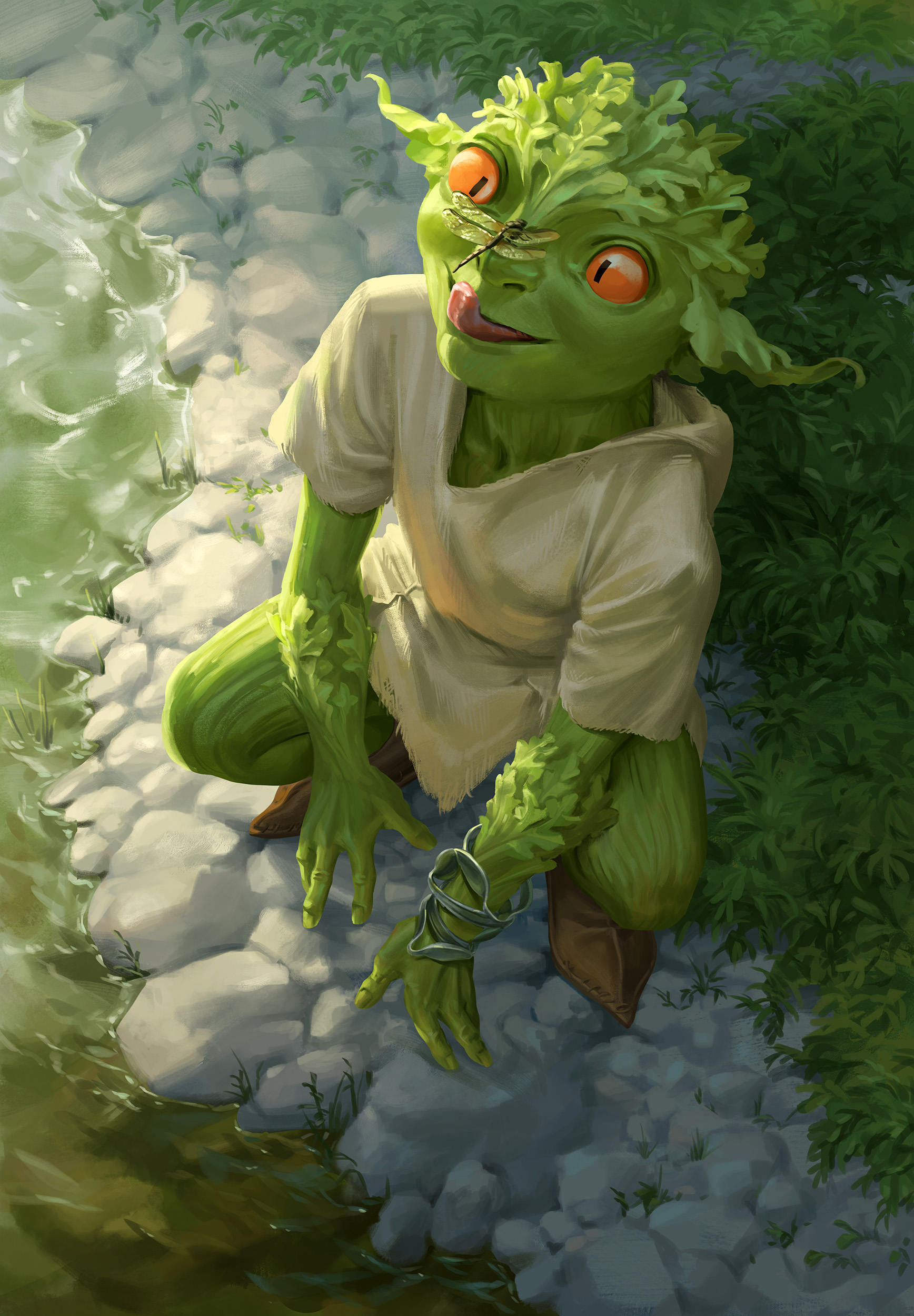
“Untitled 3,” William Kipp; “Snack,” Isabel Gibney.
Sullivan, an essential employee who is the point of contact for Common Spaces office operations, hung all the work herself while Orlosky Randow managed production of the digital gallery.
“The willingness for the buildings managers from the Faculty of Arts and Sciences and Harvard Real Estate to work with us on this has been amazing,” said Sullivan. She acknowledged the challenges of working on a tight timeline and wearing a mask and gloves. Then there’s the uncertainty of being able to return to certain spaces if something needs to be fixed, such as when a corner of a piece hung at the Cabot Library came unstuck from its adhesive.
“Accepting the reality that I may not get to reenter that building and that piece may not go back up has been tricky, but I think the reactions we’ve had thus far from people are making [the challenges] worth it,” she said.
Those reactions came from fellow staff members at the Smith Campus Center, including Liu.
“Usually all my art is stuck in portfolios, so it’s nice to have them out,” said Liu, who is also taking courses in digital media design at Harvard Extension School, where he plans to pursue a master’s degree. “There’s a lot of space to put art up in society, so this is a great project to display them.”
Orlosky Randow fielded messages from project supporters around the world, including those in the area who wanted to help.
“This was the first project where people enthusiastically volunteered to help, and I had to say that the actual installation is going to be just one person,” said Orlosky Randow.
The outpouring of support showed her that “the buildings are closed, but the community is still here and active. I feel like this is only the beginning of how we’re going to keep engaging and celebrating Harvard’s art communities.”



